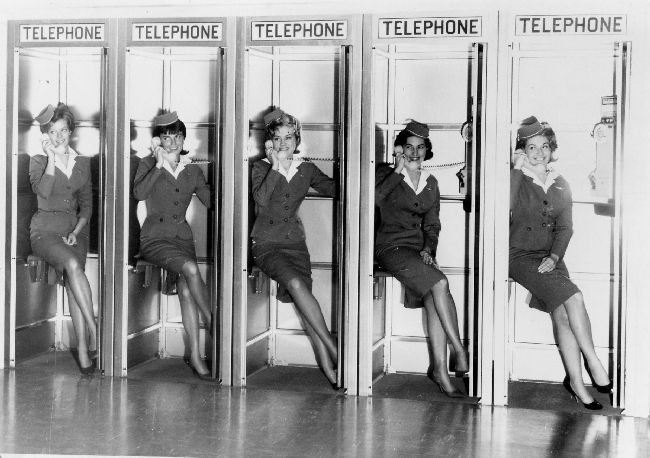AARP Hearing Center
Edith Lauterbach: She Fought for Equal Rights in the Sky
By Patrick Kiger, February 7, 2013 07:04 PM
When Edith Lauterbach started working as a flight attendant in 1944, women who held the job were referred to as "sky girls" or "coeds," and they could be fired for marrying or gaining weight - or even for reaching the age of 32. As detailed in a 1985 Knight-Ridder News Service article, they had to put up with touch inspections to verify that they were wearing girdles, and their nail polish and lipstick had to be company-approved. They also had to collect tickets and do other work at the airport terminal gate. They made the equivalent of $19,000 a year in today's wages, in part because they were only paid for the actual time they spent in the air. That applied even when an airliner was grounded because of bad weather or mechanical problems.

"Part of the game was to get some passenger to take you out to dinner," Lauterbach explained. "That was one reason the airlines didn't think we needed any more money."
In short, it wasn't that great of a job, and Lauterbach initially didn't plan to do it for long. But instead, she ended up sticking around for four decades, and leading a fight to improve pay and working conditions and gain respect for her profession.
Lauterbach, who died on Feb. 4 at age 91 in San Francisco, was the last surviving member of the small group of women - Ada Brown Greenfield, Frances Hall Craft and Sally Watt Keenan were among the others - who in 1945 founded the Air Line Stewardesses Association, the ancestor of today's Association of Flight Attendants-CWA, the industry's main union for in-flight service workers. (AFA-CWA today represents 60,000 flight attendants at 21 different airlines - about two-thirds of the workforce.) As a result of the efforts of Lauterbach and her other plucky colleagues, sexist work rules are no more, and flight attendants' pay has nearly doubled in real terms over the past 65 years to just under $38,000, according to the federal Bureau of Labor Statistics.
Lauterbach also made important contributions to airline safety. In 1952, she directed the first-ever test of emergency passenger evacuation procedures. As she recalled in a 2002 Arkansas Democrat-Gazette article, 60 passengers were offered a free flight over Niagara Falls in exchange for being guinea pigs in an unspecified experiment. In the air, the pilot cut power to an engine, and Lauterbach told everyone to prepare to evacuate immediately upon landing. One the ground, she used a bullhorn to tell them how to open the doors and how to use a canvas slide to get to the ground. The plane emptied in 90 seconds, establishing a time standard that still applies today.
To get a sense of what things were like when Lauterbach started her career, here's a vintage 1940s vocational film about the airline industry, which describes the work of "the smiling hostess, or stewardess" who "must be a person of charm, as well as capability."































































